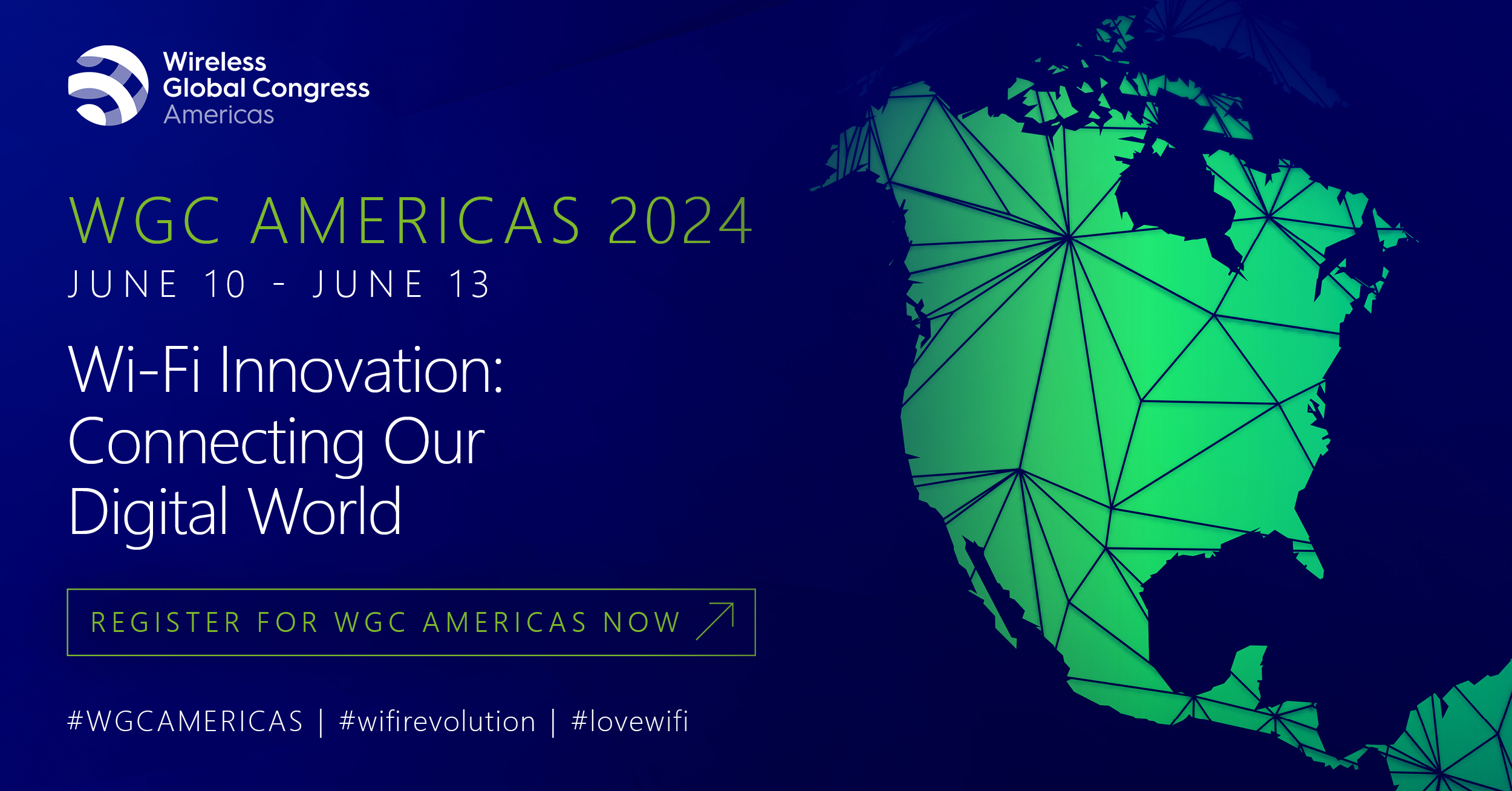The public Wi-Fi ecosystem is on the precipice of monumental change. The explosion in mobile data traffic has been staggering and is only set to continue. Research suggests that data traffic will increase a further 12 times between 2013-2018 and mobile data traffic will reach 11.7 exabytes per month in the same time frame.
It is not simply the demand for data that has ballooned, but consumer expectation. The leap from GPRS/EDGE to 4G, combined with fibre optic speeds as standard, has left the consumer expecting effortless broadband on the go.
This eruption in traffic and increased consumer expectation has seen providers scrambling to re-architect their infrastructure in order to meet demands. However, the process has not been as straightforward as one might assume. With greater demand for high performance connectivity, come both increased costs for providers and increased pressure on the spectrum. It is at these crossroads, between the need to improve spectrum efficiency, meet consumer demands and manage costs that providers have turned to Next Generation Hotspot (NGH).
The Wireless Broadband Alliance (WBA) and its global partners foresee a future where the Wi-Fi and the cellular data network become one and the same.
While ‘offloading’ cellular data onto Wi-Fi networks has been used as an effective data management strategy for some time now, it is the ambition of WBA to put Wi-Fi at the heart of mobile data strategies, allowing devices to seamlessly roam between networks.
WBA Industry Report 2013
The WBA’s 2013 Industry Report attempts to take stock of the current landscape, highlight the achievements so far and look forward to the future.
This year’s report is a significant one as it was published on the back of the first successful ‘live’ demonstration of NGH technology, which took place in Beijing this November.
According to the report, 2013 saw a paradigm shift in how the industry viewed public Wi-Fi, with 52 per cent feeling more confident about investment than they did a year ago. On top of that, more than three-quarters were familiar with NGH; a clear sign that the technology was entering the consciousness of the industry.
The report also highlighted the success of another of WBA’s initiatives, the Interoperability Compliance Program (ICP). The program serves to define technical and commercial frameworks in order to achieve interoperability.
Chairman of WBA, JR Wilson, explains in the report that the initiative will ultimately outlive its purpose. “With NGH, the ICP should, technically, eventually go away. Once everything is fully standardized, there will be no need to know about the network,” he explains.
However, with the currently fragmented market, the initiative is proving invaluable.
The business case
While NGH is making rapid progress, there are still many MNOs and Wi-Fi providers struggling to see the business case for NGH.
The report pointed to a recent study, which quantified the savings that could be made by deploying NGH technology. The research found that mobile operators could reduce their per-bit RAN costs by 18 per cent when carrying 20 per cent of their traffic through NGH Wi-Fi.
By combining NGH Wi-Fi with other small cell infrastructure, the savings could be as much as 38 per cent.
Device support
One area highlighted as a cause for concern was that of participation from the device community. However, with Apple and Samsung supporting the Hotspot 2.0 specification in iOS 7 and on the Galaxy S 4 respectively, it is likely that others in the community will quickly follow suit.
2014 and beyond
Looking forward to 2014, the report states that the WBA and other associations will be looking to continue addressing business case issues. With many of the technical challenges now firmly conquered, 2014 will be the year that Wi-Fi becomes a central component of mobile data strategy.






